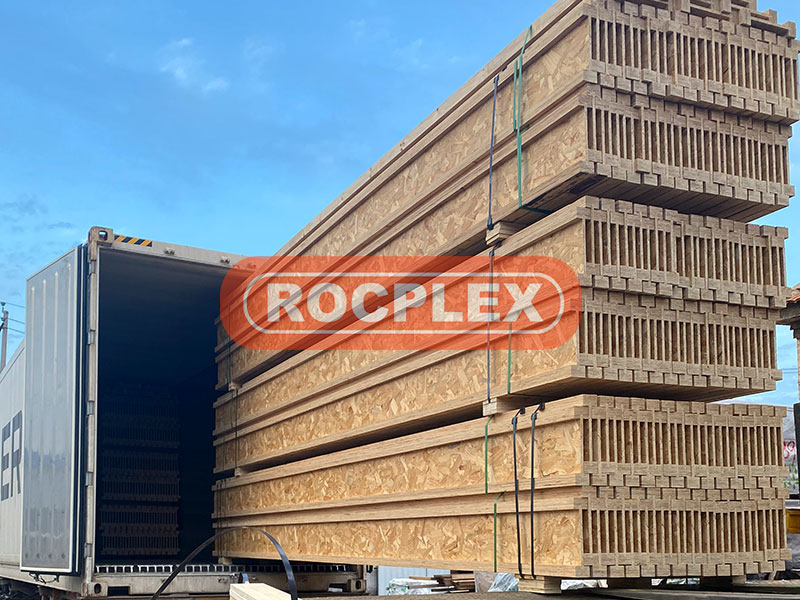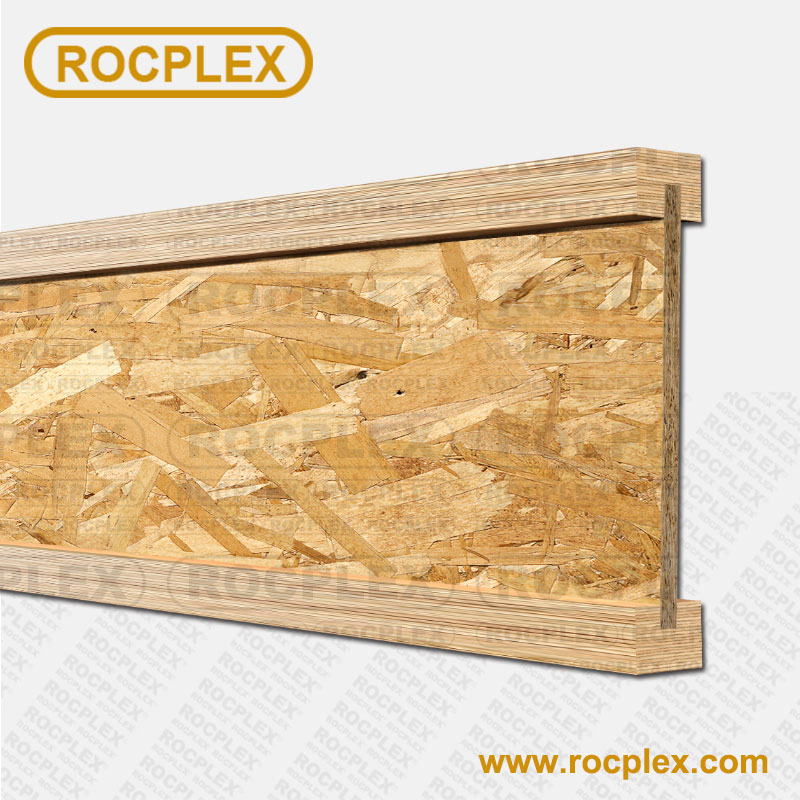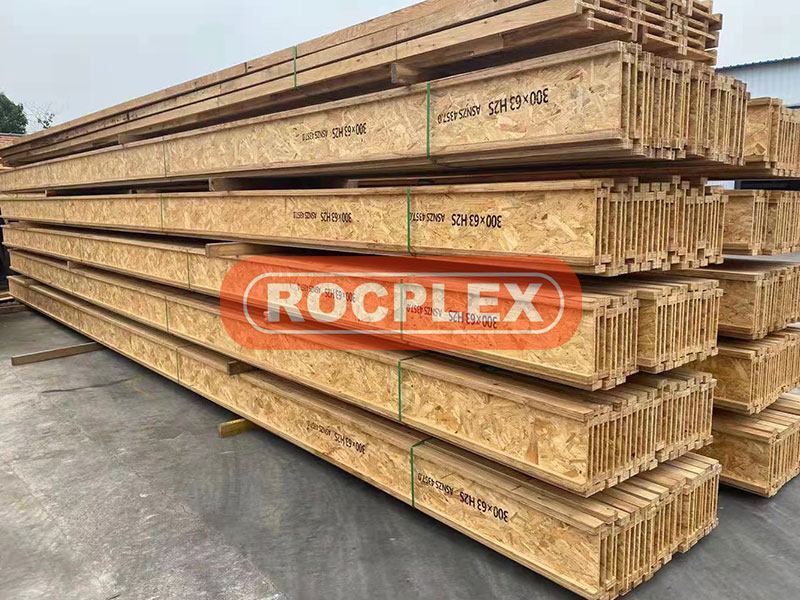What is a Floor Joist?
A floor joist, a crucial component in building construction, is essentially the backbone of a floor structure. These horizontal supports, typically made from wood, steel, or engineered materials like I-joists, are responsible for holding up the floor and everything on it. By evenly distributing weight across the floor area, they ensure structural integrity and stability. In residential and commercial buildings alike, the choice of joists—be it traditional lumber, I-joists, or metal—plays a pivotal role in determining the durability and safety of the structure.
The Evolution of Floor Joists
Traditional Lumber Joists: A Historical Perspective
The use of lumber for floor joists has a long history, tracing back to traditional building methods. These solid wooden beams, usually made from local timber, have been a staple in construction for centuries. Their natural properties, such as flexibility and strength, have made them a popular choice for builders. However, with advances in technology and materials, the construction industry has seen a shift towards more innovative solutions.
I Joists: The Modern Answer
I-joists, a contemporary adaptation, represent a significant leap in floor joist technology. Their ‘I’ shape, resembling the letter, is not just a design choice but a strategic one. This configuration allows for a joist that is lighter, stronger, and more resistant to warping and twisting than traditional lumber. Made from a combination of engineered wood and a web of strong, lightweight material, I-joists provide enhanced support and flexibility in floor design, making them ideal for modern constructions that demand both strength and versatility.
Steel Joists: Strength Redefined
In commercial and industrial construction, steel joists have become increasingly prominent. Known for their exceptional strength-to-weight ratio, these joists offer unparalleled support, especially in buildings that require large open spaces without internal columns. Steel, being resistant to rot, pests, and fire, also adds a layer of durability and safety to structures.
Innovations in Roof Joists
Floor joists are essential for a stable floor. Similarly, roof joists are crucial for a secure roof structure. Advances in roof joist design mirror those in floor joists. Materials and configurations have evolved to meet modern demands. From traditional rafters to engineered trusses, roof joists have innovated significantly. This ensures roofs are structurally sound. They are also adaptable to various architectural styles. Roof joists can withstand different environmental conditions.
Floor Joist Sustainability and Eco-Friendly Practices
Green Building and Joists
Sustainability has become a key consideration in construction, and the choice of joists plays a significant role in this. Eco-friendly materials, such as responsibly sourced wood and recycled steel, are increasingly used in joist production. Additionally, engineered joists like I-joists often use less wood than traditional lumber, contributing to conservation efforts.
Energy Efficiency and Insulation
The design of joists, particularly I-joists, also impacts a building’s energy efficiency. Their shape allows for better insulation, reducing energy costs and improving the building’s overall carbon footprint. This aspect is particularly important in the face of global climate change challenges.
Floor Joist Future Trends and Developments
Technological Integration
The future of floor and roof joists is closely tied to technological advancements. The integration of smart technology, such as sensors for monitoring structural health, is an emerging trend. These innovations promise not only to improve the safety and longevity of buildings but also to revolutionize the way we approach construction and maintenance.
Customization and Flexibility
As architectural designs become more complex and varied, the demand for customizable joist solutions is on the rise. The ability to tailor joists to specific design requirements, whether for aesthetic or functional purposes, is becoming increasingly important in the industry.
The world of floor and roof joists is evolving rapidly. Technological advances drive this change. There’s also a growing emphasis on sustainability and efficiency. Options range from traditional lumber to innovative I-joists and steel. These choices blend history, innovation, and forward-thinking design. Looking to the future, it’s clear these components are crucial. They will continue to shape our built environment.
Floor Joist Design Considerations and Challenges
Balancing Load and Aesthetics
One of the primary challenges in joist design is balancing load-bearing capacity with architectural aesthetics. This balance is crucial in modern architecture, where open spaces and minimalistic designs are in vogue. Engineers and architects must work together to ensure that the joists not only support the structure but also complement the overall design, sometimes even becoming a visual element themselves.
Customization for Complex Structures
Complex structures often require customized joist solutions. The ability to adapt joists to unique architectural designs, such as curved walls or unconventional floor plans, is an ongoing challenge. Innovations in materials and design software are making it easier to create joists that meet these complex requirements while maintaining structural integrity.
Addressing Environmental Impacts
Environmental considerations are increasingly at the forefront of construction decisions. The impact of joist materials on the environment, both in terms of resource use and long-term sustainability, is a critical factor. The industry is responding with more eco-friendly options, such as sustainably sourced wood and recycled materials, to minimize the ecological footprint.
Floor I Joist Installation and Maintenance
Streamlining Installation Processes
The installation of joists, particularly in large or complex projects, can be a significant undertaking. Advances in prefabrication and modular construction are streamlining this process, allowing for quicker and more efficient installations. Prefabricated joists, which are built off-site and then transported to the construction site, are reducing on-site labor and minimizing construction waste.
Long-Term Maintenance and Upkeep
Maintaining the integrity of floor and roof joists is essential for the longevity of a building. Regular inspections, particularly in older structures, are necessary to identify and address potential issues like rot, pest infestation, or structural damage. Advances in monitoring technology, such as embedded sensors, are making it easier to keep track of the health of joists over time.
Floor Joist Regulatory Standards and Compliance
Adhering to Building Codes
Building codes and regulations play a significant role in the design and implementation of joists. These standards ensure that joists are capable of supporting the intended loads and are safe for use. Staying abreast of these regulations and incorporating them into the design process is essential for compliance and safety.
International Standards and Variations
In the global construction market, understanding and adhering to international standards is crucial, especially for companies operating in multiple countries. These standards can vary significantly, and navigating them requires a deep understanding of both local and international building practices.
Case Studies and Real-World Applications
Innovative Projects Using Advanced Joists
Highlighting specific projects that have utilized advanced floor joist technology can provide valuable insights into their practical applications. These case studies demonstrate how innovative joist designs have solved unique architectural challenges, contributed to sustainability goals, or improved the functionality of a space.
Lessons Learned from Past Projects
Analyzing past projects, both successful and challenging, offers opportunities for learning and improvement. These lessons can inform future joist designs and installation methods, contributing to the overall advancement of the field.
Floor Joist Educational and Training Opportunities
Professional Development in Joist Technology
As the field evolves, so too must the skills of those working in it. Opportunities for professional development, including workshops, seminars, and online courses, are essential for keeping engineers, architects, and builders up-to-date with the latest developments in joist technology.
Integrating Technology into Education
Educational institutions are increasingly incorporating advanced technologies, such as 3D modeling and virtual reality, into their construction and engineering curriculums. These tools provide students with hands-on experience in designing and working with different types of joists, preparing them for careers in a rapidly evolving industry.
Advancements in Material Science and Engineering
Emerging Materials in Joist Construction
The exploration and incorporation of new materials are revolutionizing joist construction. Composite materials, known for their strength-to-weight ratio, are becoming increasingly popular. These materials, often a blend of natural and synthetic fibers, offer improved durability and resistance to environmental factors compared to traditional materials.
Engineering for Enhanced Durability
Engineering advancements focus on enhancing the durability and lifespan of joists. Treatments for wood joists to resist moisture, rot, and pests, and innovations in steel and composite materials for increased strength and resilience, are at the forefront of these efforts. Such advancements are crucial in extending the life of buildings and reducing maintenance costs.
Impact on the Floor Joist Construction Industry
Efficiency and Cost-Effectiveness
The introduction of advanced joists is significantly impacting construction efficiency and cost-effectiveness. Faster installation times, reduced material waste, and longer lifespans of materials contribute to overall cost savings and project efficiency. This efficiency is particularly beneficial in large-scale or time-sensitive projects.
Transforming Construction Practices
These advancements are not just changing the materials used in construction but are also transforming construction practices. The shift towards prefabricated and modular construction, driven by the ease of installing advanced joists, is an example of this transformation. This shift is leading to more sustainable and environmentally friendly construction practices.
Floor Joist Future Outlook and Potential Challenges
Anticipating Future Trends
The future of joist technology is likely to involve further integration of smart technologies and continued emphasis on sustainability. Anticipating and adapting to these trends will be crucial for companies and professionals in the construction industry.
Addressing Potential Challenges
Potential challenges include the need for ongoing research and development, the adaptation of regulatory frameworks to accommodate new materials and technologies, and the need for industry-wide acceptance of new practices. Overcoming these challenges will require collaborative efforts from all stakeholders in the construction industry.
Floor Joist FAQs
What is a floor joist?
A floor joist is a horizontal structural member used in framing to span an open space, often between beams that subsequently transfer loads to vertical members.
What is a joist vs beam?
A joist is a horizontal member that supports a floor or ceiling, while a beam is a larger structural element that carries loads across longer spans, often supporting joists.
Is it the joist or subfloor?
The joist is the structural component that supports the subfloor, which is the surface layer on which flooring materials, like tile or hardwood, are installed.
Is a floor joist structural?
Yes, a floor joist is a structural element that provides support and stability to the floor structure of a building.
What are floor joists called? Floor joists are also known as bearers or bands in different regions and contexts. In some cases, specific types like I-joists or truss joists have unique names.
Floor Joist Breakthroughs in Building Technology
The field of floor and roof joists is at an exciting juncture. Innovative materials and engineering advancements are transforming construction practices. These developments enhance functionality and aesthetics in buildings. They also contribute to sustainability and efficiency. Looking forward, embracing these changes is vital. Preparing for future trends and challenges is essential. This will ensure continued growth and evolution in building design and construction.
Post time: May-25-2024




